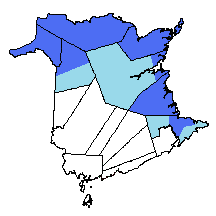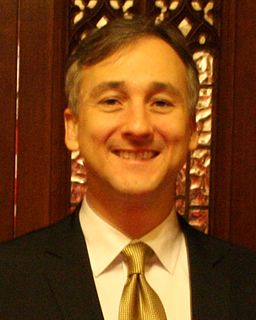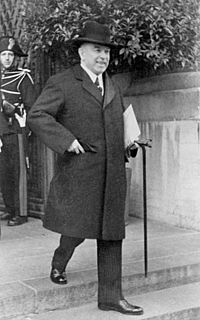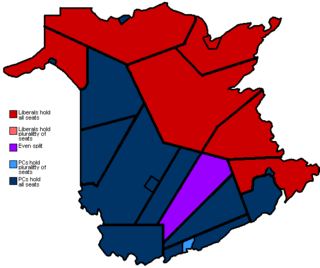| |||||||||||||||||||||||||||||||
58 seats of the Legislative Assembly of New Brunswick 30 seats needed for a majority | |||||||||||||||||||||||||||||||
|---|---|---|---|---|---|---|---|---|---|---|---|---|---|---|---|---|---|---|---|---|---|---|---|---|---|---|---|---|---|---|---|
| |||||||||||||||||||||||||||||||
 Popular vote by riding. As this is an FPTP election, seat totals are not determined by popular vote, but instead via results by each riding. | |||||||||||||||||||||||||||||||
| |||||||||||||||||||||||||||||||
The 28th New Brunswick general election was held on November 18, 1974, to elect 58 members to the 48th New Brunswick Legislative Assembly, the governing house of the province of New Brunswick, Canada. It saw Richard Hatfield's Progressive Conservative Party of New Brunswick win its second majority government with a gain of one seat despite losing the popular vote to Robert Higgins' New Brunswick Liberal Party. It was the second election in a row in which the Conservatives received a majority in the parliament despite receiving fewer votes than the Liberals.

The provinces and territories of Canada are sub-national governments within the geographical areas of Canada under the authority of the Canadian Constitution. In the 1867 Canadian Confederation, three provinces of British North America—New Brunswick, Nova Scotia, and the Province of Canada —were united to form a federated colony, becoming a sovereign nation in the next century. Over its history, Canada's international borders have changed several times, and the country has grown from the original four provinces to the current ten provinces and three territories. Together, the provinces and territories make up the world's second-largest country by area.

New Brunswick is one of four Atlantic provinces on the east coast of Canada. According to the Constitution of Canada, New Brunswick is the only bilingual province. About two thirds of the population declare themselves anglophones and a third francophones. One third of the population describes themselves as bilingual. Atypically for Canada, only about half of the population lives in urban areas, mostly in Greater Moncton, Greater Saint John and the capital Fredericton.

Richard Bennett Hatfield, was a New Brunswick politician and the longest serving Premier in the province's history (1970–1987).
Despite the Hatfield government's involvement in the failed Bricklin SV-1 automobile plant, and a series of kickback schemes, there were few surprises during the campaign. Hatfield had made inroads in the Acadian community since the 1970 election, winning three francophone seats in by-elections. The Acadian support proved key during Hatfield's entire term as premier.
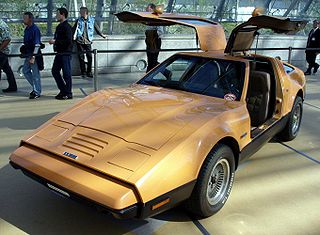
The Bricklin SV-1 is a two-seat sports car that was built from 1974 to late 1975. The car was noteworthy for its gull-wing doors and composite bodywork of color-impregnated acrylic resin bonded to fiberglass. Assembly took place in Saint John, New Brunswick, Canada. To promote the SV-1 as a car designed with an emphasis on safety, the company touted such features as its integrated roll-over structure and energy-absorbing bumpers. The car's name is an abbreviation for "safety vehicle one".
By-elections, also spelled bye-elections, are used to fill elected offices that have become vacant between general elections.
This was the first election which saw candidates contest single member ridings; previous elections had each county as an electoral district electing a varying number of members based on their respective populations.




